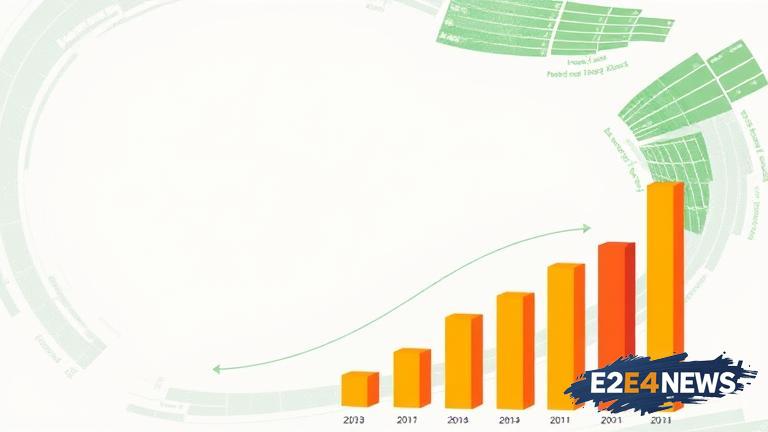In today’s fast-paced business landscape, financial forecasting is crucial for small businesses and entrepreneurs to make informed decisions and drive growth. A financial forecast template in Excel can help streamline this process, providing a clear and concise overview of a company’s financial health. By utilizing a well-structured template, businesses can easily track income, expenses, and cash flow, identifying areas for improvement and opportunities for expansion. The first step in creating a financial forecast is to gather historical financial data, including income statements, balance sheets, and cash flow statements. This information serves as the foundation for the forecast, allowing businesses to establish a baseline for future projections. Next, businesses must determine the forecast period, which can range from a few months to several years. A longer forecast period provides a more comprehensive view of a company’s financial trajectory, but may be less accurate due to the inherent uncertainties of long-term predictions. To mitigate this risk, businesses can use a rolling forecast, which involves regularly updating the forecast to reflect changing market conditions and business performance. When selecting a financial forecast template in Excel, businesses should consider their specific needs and requirements. A basic template may suffice for small businesses or startups, while more complex templates may be necessary for larger enterprises or those with multiple revenue streams. The template should include key financial metrics, such as revenue, expenses, and profit margins, as well as line items for specific income and expense categories. Businesses can also customize the template to include industry-specific metrics or key performance indicators (KPIs). Once the template is set up, businesses can begin entering historical data and making projections for future periods. This involves using formulas and functions in Excel to calculate financial metrics and create charts and graphs to visualize the data. To ensure accuracy and reliability, businesses should regularly review and update the forecast, incorporating new data and insights as they become available. By doing so, businesses can refine their financial strategy, identify potential roadblocks, and make adjustments to stay on track. In addition to providing a financial snapshot, a forecast template can also help businesses identify trends and patterns in their financial data. This can inform strategic decisions, such as investments in new markets or product lines, and help businesses stay ahead of the competition. Furthermore, a financial forecast template can facilitate communication among stakeholders, including investors, lenders, and management teams. By presenting a clear and concise financial picture, businesses can build trust and credibility, securing the funding and support needed to drive growth and success. In conclusion, a financial forecast template in Excel is a powerful tool for small businesses and entrepreneurs, providing a comprehensive and accurate picture of a company’s financial health. By following the steps outlined in this guide, businesses can create a reliable and informative forecast, driving informed decision-making and long-term success. With its flexibility, customization options, and ease of use, a financial forecast template in Excel is an essential resource for any business looking to navigate the complexities of financial forecasting. As the business landscape continues to evolve, the importance of financial forecasting will only continue to grow, making it essential for businesses to stay ahead of the curve with a robust and reliable forecasting strategy. By leveraging the power of Excel and a well-structured financial forecast template, businesses can unlock new insights, drive growth, and achieve long-term success.





